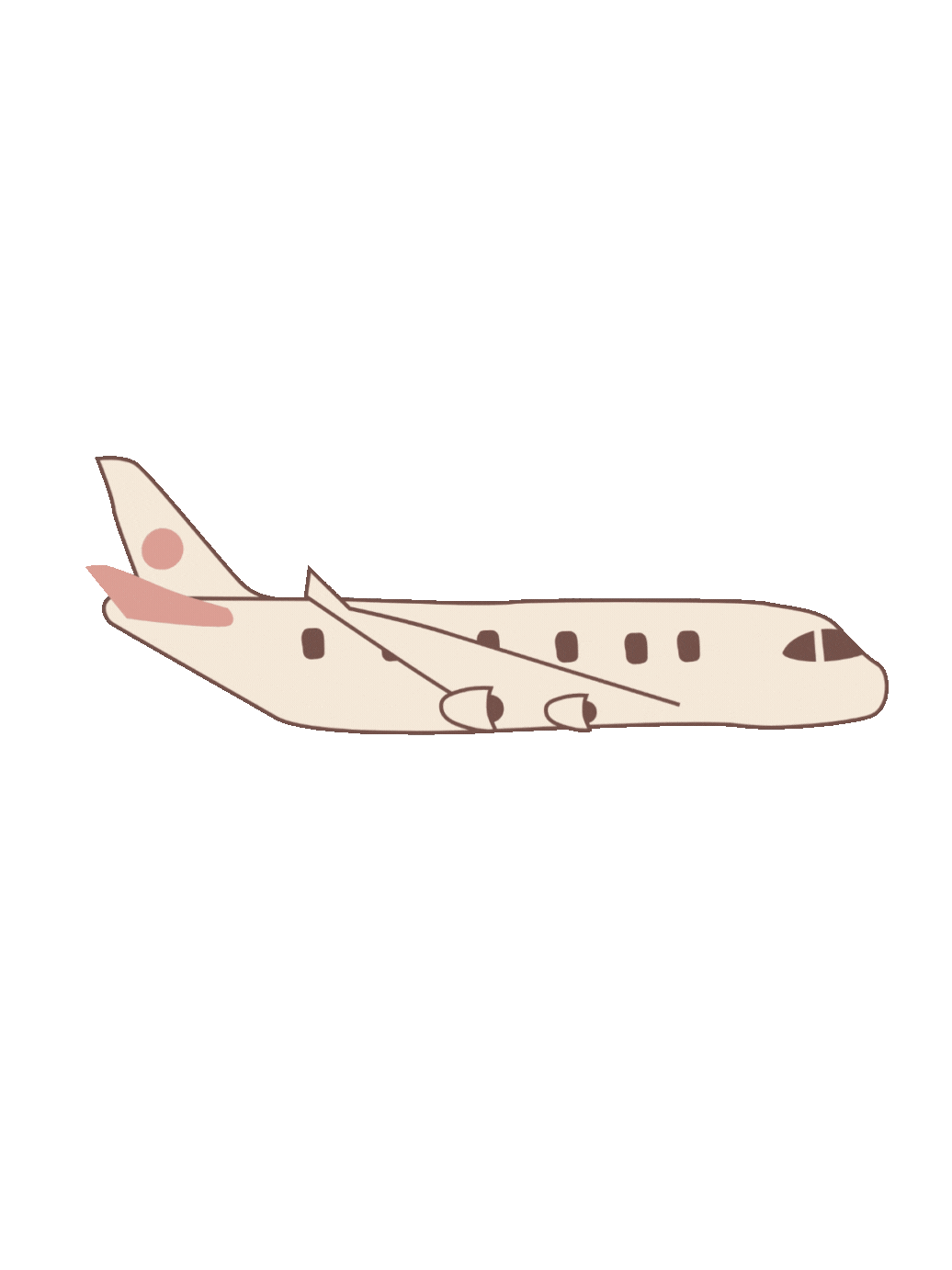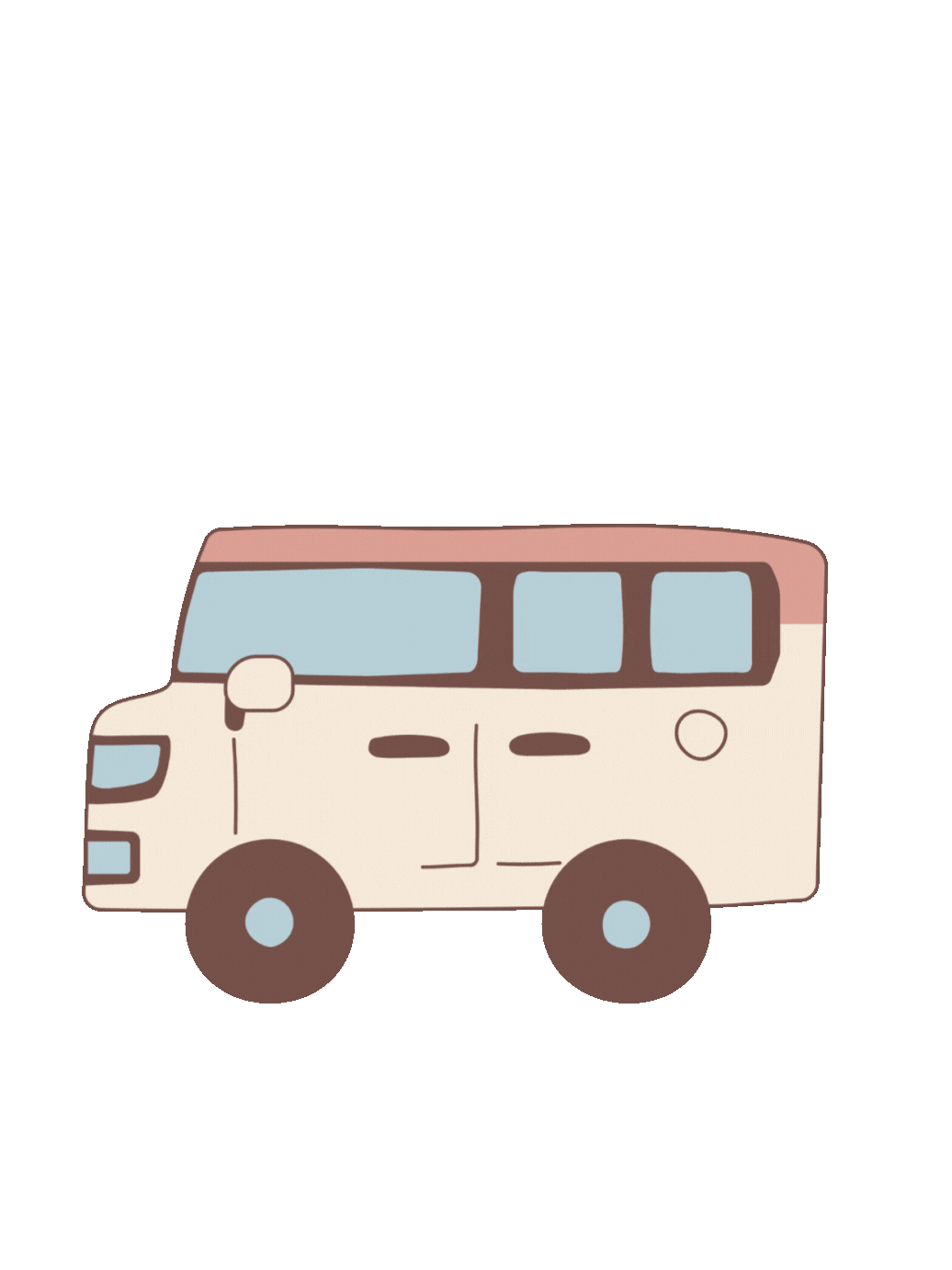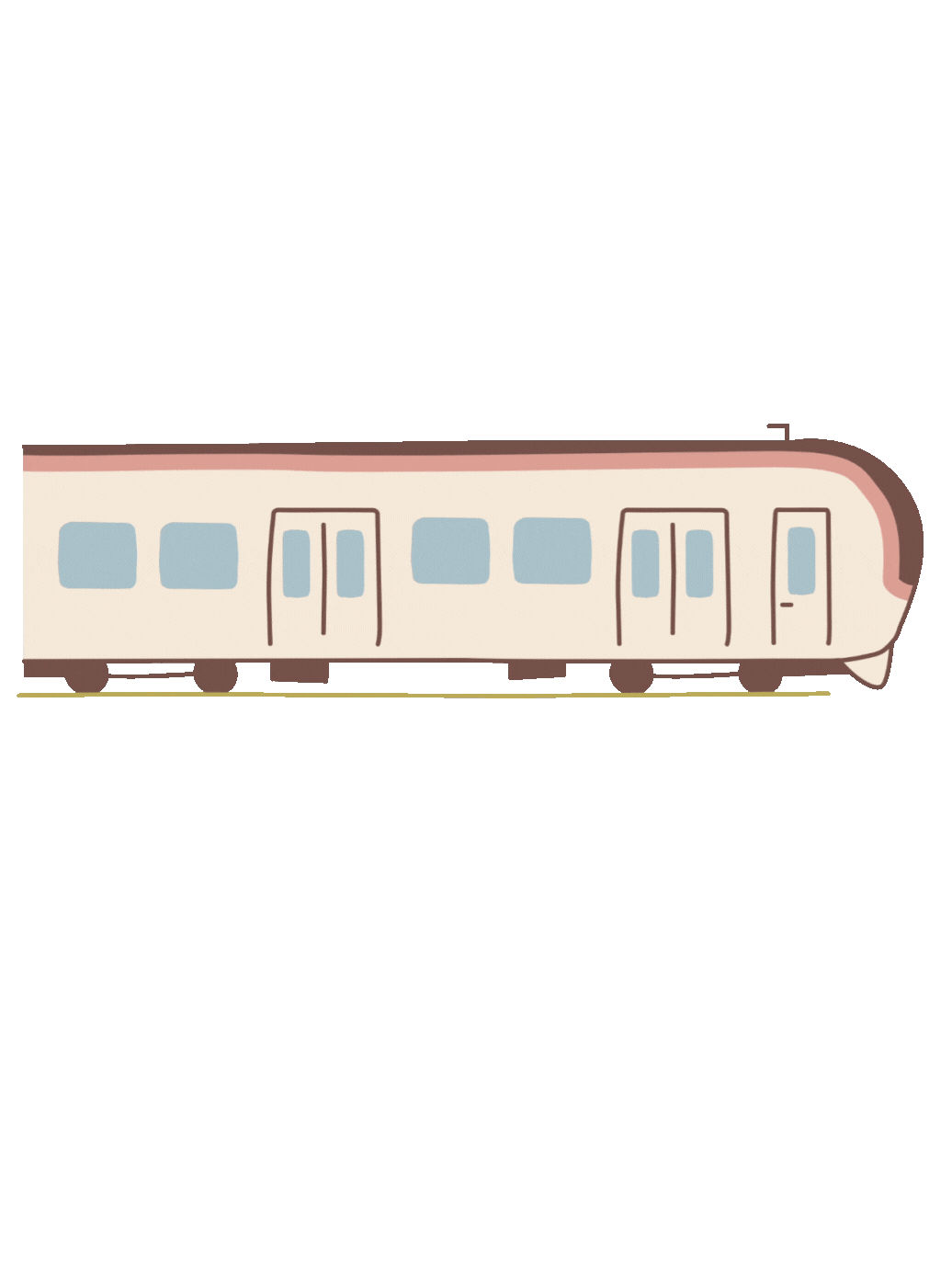
Getting There
Arriving in Italy
By Air
Milan Malpensa Airport (MXP) in Milan is the closest airport to Lake Maggiore. For most of our guests, this will likely be your starting point if you’ll be traveling by plane. Getting from Milan to Lake Maggiore is very accessible by both car and by public transport. There are benefits and trade-offs to both, so we suggest choosing the option that feels right for you.
Searching for the best deals on airfare? Try out these tips from your trusted travel advisors, Hannah & Frank, here.
We recommend planning to arrive in Italy or greater Europe at least 2–3 days before the wedding. This allows time to adjust to the time difference, recover from travel, and ensure you feel refreshed for the big day. A little buffer also helps in case of unexpected flight delays.
Getting to Lake Maggiore
By Car
-
From the airport, the simplest way to get to and around Lake Maggiore is by renting a car, which is about a 45 minute - 1 hour drive. However, it’s very important to note that if you’re planning on renting a car in Italy, you will need to apply for an International Driving Permit (IDP).
You can apply for an IDP at your local AAA branch. There is a $20 permit fee due at application, and your IDP will be valid for one year. It’s a quick and easy process, but we recommend you do this ahead of time. You can find more information on the application process here.
Lake Maggiore is also easily accessible by car to and from Switzerland. Should you decide to start your travels there, major Swiss destinations such as Zermatt may be just a two hour drive. If you like winding mountain roads and stunning scenery, this may be an option for you!
-
Each of these are additional options for getting to and from Lake Maggiore. Taking the bus can be just as simple as the train, and may be researched/booked on sites like Omio and Rome2Rio. However, it will be much slower, so we don’t recommend it.
You can get around by Taxi nearly everywhere across the country. Uber is also available in Italy, but with some key differences from how it operates in other countries. While Uber does operate in major Italian cities like Milan and Rome, it's primarily through the Uber Black service, which uses licensed NCC (Noleggio con Conducente, or "rental with driver") drivers and luxury vehicles. This means that using Uber in Italy is generally more expensive than using traditional taxis. Please also know that outside these major cities Uber is not available, so you cannot count on it to get around otherwise. There is also another rideshare app available in Italy and other parts of Europe called Bolt, but, like Uber, is found primarily within major cities only. Though, rides through Bolt may be cheaper than Uber.
-
Pros:
Efficient
Freedom to cover more ground your way and on your time
May be cost effective if traveling in a group
Cons:
Can be expensive
Requires logistics such as obtaining drivers’ permits and figuring out parking
Different traffic laws to be aware of
Driving in Italy may be anxiety-evoking for some.
By Train
Also taking about an hour from Milan, a more cost-effective option to get to Lake Maggiore is by train. There are many different rail options to take, depending on the departure station (there are many near Milan) and where you choose to stay along the lake. Before you book any train tickets, we highly suggest you read about and decide where to stay.
To begin planning your train route, Omio, Rome2Rio (both great resources for all international travel logistics!), TrenItalia, and Trenord are the best platforms to use and all have mobile app versions you can install on your phone to search for routes and buy train tickets on the go.
To travel to Lake Maggiore from Milan by train, you will most likely depart from Milano Centrale (the city’s main train station, a major hub for both regional and high-speed trains) or Milano Porta Garibaldi, or Milan Cadorna stations. These stations offer connections to various towns around Lake Maggiore, including Stresa, Arona, and Verbania-Pallanza. There are many smaller stations you could potentially depart from depending on your route, so just be sure you don’t accidentally go to the wrong one!
To get to major stations like Milano Centrale or Milano Cadorna, you will first need to head into Milan’s city center from the airport. The Malpensa Express Train is located directly within Malpensa airport’s terminals 1 and 2, which connects to both stations in Milan. You can also reach any station, both downtown or outside the city, by taking a taxi, Uber, or bus from the airport.
Planning Your Route
-
There are two main types of trains that operate across Italy: High-speed and regional trains. Major stations will often have both, while smaller local stations might run regional trains only. What’s the difference? Price point, travel times and schedule frequency, accessibility, and luxuries such as air conditioning to name a few.
TrenItalia is the primary national railway operator in Italy (similar to Amtrak in the U.S.) They operate a variety of direct train services, including high-speed, regional, and inter-city trains. These trains are often larger and more comfortable with different riding class options, have ample luggage storage space, charging outlets and wifi, and air conditioning (if it’s working). Depending on the distance you’re traveling, ticket costs can range from $8 - 80 USD. TrenItalia lines are good for shorter distances, but can also get you down to Rome quickly, for example.
Trenord is run by TrenItalia, but it primarily operates regional and suburban train services within Italy’s northern regions - mainly the Lombardy region. They are an inexpensive, slightly less cushy option (average ticket cost of $7-10 USD), but is still a perfectly acceptable mode of transportation to, from, and around Lake Maggiore.
Eurocity (EC) trains are a network of international trains that operate across European borders. They connect major cities in different countries, such as Italy, Switzerland, Austria, Germany, and France. While Trenitalia may operate some EuroCity trains that pass through Italy, the EuroCity designation refers to the international service itself, not just the Italian operator. If you are interested in traveling to and from Italy internationally by train, you can explore Eurocity routes and timetables on sites like Rail Europe or Rail Ninja.
-
Some train routes are direct, while others might require you to transfer trains at certain stations to get to your destination. We recommend keeping things simple and booking direct routes only, though that might not be feasible.
When planning your trip, be sure to pay attention to whether a route requires you to transfer trains, and if so, be sure there is ample transfer time in the schedule for you to deboard and get on the next train. Typically, you will do this at the same station, but also take caution to ensure that you won’t need to transfer trains or get on a bus at a different station.
-
We advise that you buy your train tickets ahead of time. You can definitely buy train tickets on short notice, but they will be subject to availability and a price increase a couple of weeks out from the departure date. We also recommend that you purchase your tickets via one of the suggested mobile sites or apps for simplicity’s sake.
Should you purchase a physical ticket, you will need to validate your ticket before boarding, which is a frequently missed step by tourists and is one that is not as intuitive as it may seem. Failure to validate a physical ticket or purchase a ticket at all will result in a heavy fine and/or have you kicked off the train at any given time. Don’t make dumb decisions (we’re talking to you, Patrick, Jack, and Joe! …and we know you’re not reading this anyway) – buy a ticket, and do so online preferably. We can’t stress this enough.
-
Pros: Relying on the train is another quick, easy, and affordable option for getting around, despite how overwhelming all this info might seem. When everything with the trains goes according to plan, it’s fabulous – which is why we’ve equipped you with everything you need to know.
Cons: Unfortunately in Italy, things don’t always go according to plan. It’s not uncommon for there to be unexpected route disruptions and lengthy train delays due to rail issues or operator strikes, especially in the hot summer months. You may end up sitting idle on the track for multiple hours – another nod to the potential lack of air conditioning. Trust us, we’ve been there. Multiple times.
Important Things to Know — Please Read!


